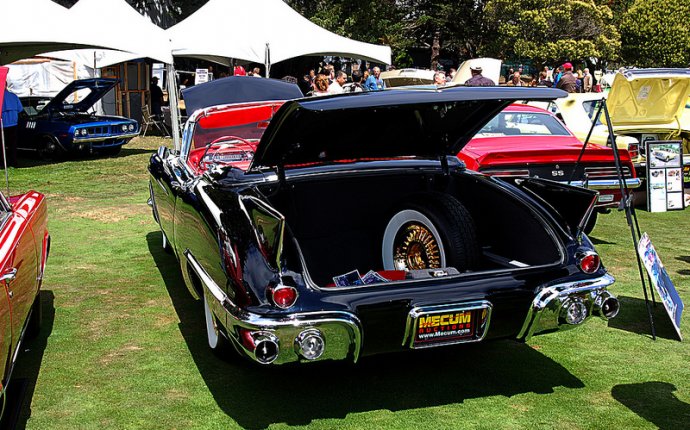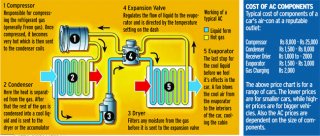
Install air conditioning in car
 This summer if you are without an AC in your car, here is how you should get one installed.
This summer if you are without an AC in your car, here is how you should get one installed.
With the temperature increasing with each passing day, summer has arrived in all its fury. When the heat is on, sitting in a hot car can be more demanding. And, getting stuck in a traffic jam in the sweltering heat is the worst nightmare for people sitting in a car. It's like having four hair dryers blowing at you. Buying a car without an AC might be one the biggest mistakes. But don't worry. Help is at hand for you to choose the right aftermarket kit for your car.
Aftermarket kits are not costly and won't burn a big hole in your pocket. Not only they can be fitted quickly, you also get a certificate of warranty, giving you peace of mind. A lot depends on the brand you would like to buy. So, first do your research before settling on a brand.
Aftermarket ACs can be fixed by authorised dealers or from outside vendors. Each has their pros and cons. If you decide to go to an authorised dealership, you need not worry about the quality of parts as they will be exactly the same as recommended by the manufacturer.
 However, it will cost a bit more than a third party vendor.
However, it will cost a bit more than a third party vendor.
CONDENSERS
Condensers are essentially heat exchangers that look like radiators, but they are smaller and thinner. They are generally made of aluminium and are mounted at the back of the radiator using specific mounts so that they get a constant airflow when the AC is working.
COMPRESSOR
The compressor is actually a large electric pump that pressurises the refrigerant gas as part of the process of turning it back into a liquid. It is generally connected to the engine via a belt drive which is connected to the crankshaft pulley.
EXPANSION VALVE
The expansion valve is located near the evaporator inlet. It monitors the pressure and temperature in order to ensure that the exact amount of refrigerant safely enters the evaporator.
RECEIVER/DRYERS
It looks like a metal can with an inlet and outlet. The liquid refrigerant moves to the receiverdryer and inside there is a small reservoir vessel for the liquid refrigerant. In this compartment any moisture that may have leaked into the refrigerant is removed.
EVAPORATOR
They too look like radiators, but are little thicker and smaller than the condenser. Generally it is located deep under the instrument panel. This is the last stop for the liquid refrigerant where it again turns into gas. A fan then blows the cool air inside cabin from the evaporator.
HOSES/PIPES
The AC system employs a host of hoses and pipes that are clamped by jubilee clips. They can be both metal and rubber and one must take care of these components and replace them incase they become hard.











